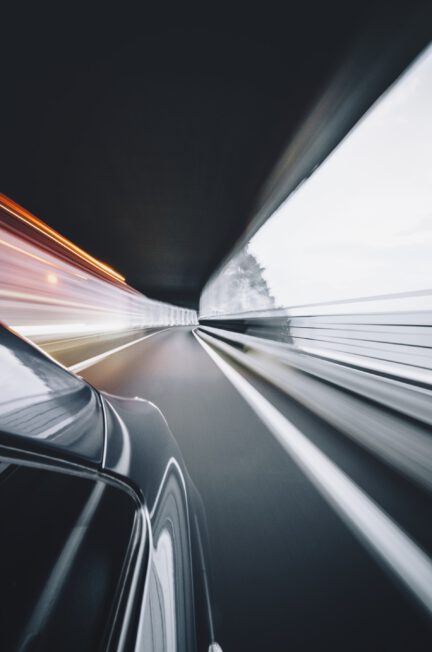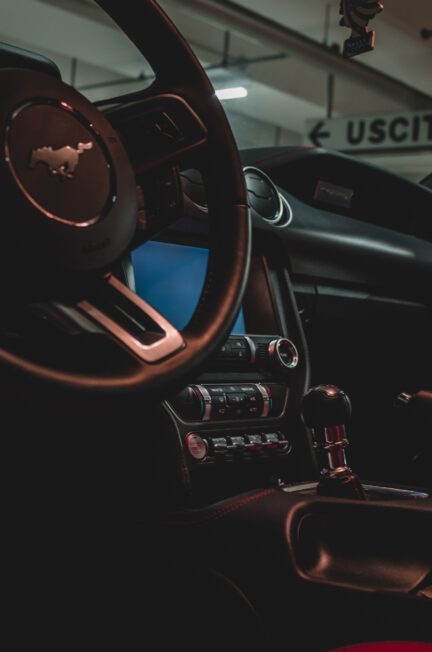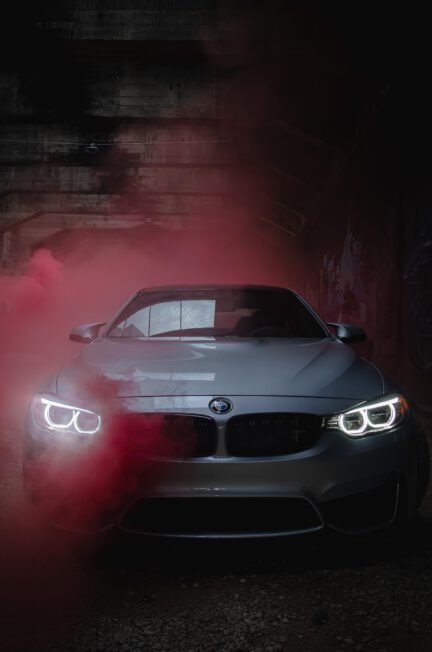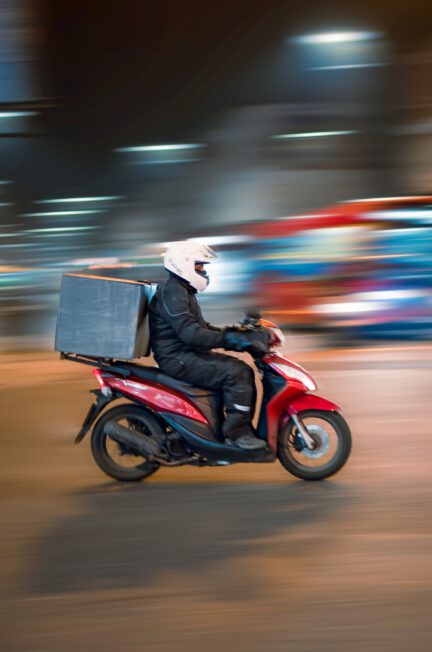When it comes to determining what is the best speed to travel, it is important to understand that a number of factors will affect your decision. Some of the factors include the road conditions and traction, among other things. This is why you must learn how to calculate the kinetic energy required to accelerate from a stop to a certain speed. In a nutshell, if you’re going from 5 mph to 10 mph, you will require a lot more kinetic energy than if you were accelerating from 0 mph to 20 mph.
A small, fast object, such as a marble meteorite, may not have a large kinetic energy but it is still a good idea to know how much energy is being expended in order to avoid a crash or worse. It is also worth noting that the kinetic energy of a car at a given speed is a function of its mass. For instance, the kinetic energy of a 1.0 kg mass is a bit more than 30 milliseconds per second. But, if you’re traveling at 60 mph, your kinetic energy is quadrupled.
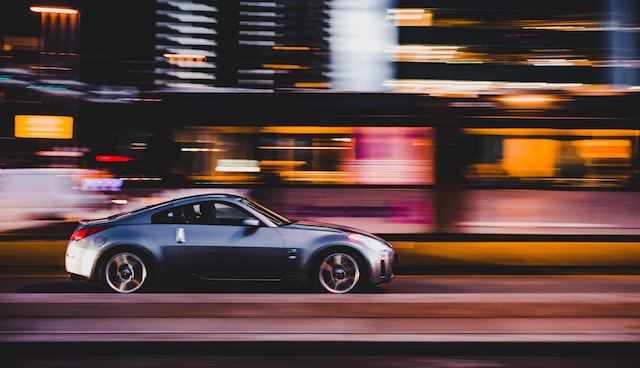
A 750 pound car is not a rocket ship, but it still has a fair amount of oomph. Using the KE formula, we can deduce that the 750 kg car has 72,300 Joules of kinetic energy at 50 mph. Similarly, a 2000 pounder has roughly 500,000 joules at the same speed. So, how fast would you need to go in order to double your kinetic energy? The answer is probably not as simple as it sounds. Luckily, the KE formula can be used to nudge you towards the right direction. To help you out, we’ve provided a handy table.
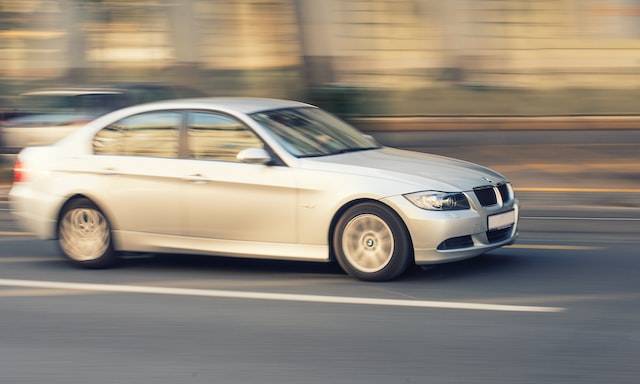
You’ll want to take a closer look at the formula. While you’re at it, why not try out our interactive KE calculator. Once you’ve solved this tricky question, you’ll be well on your way to a better understanding of what is the best speed to travel and how to calculate kinetic energy. Having a handle on the physics of moving a car at a specific speed, you’ll be able to make an informed decision about which car to buy, and how much to pay for it. Hopefully, the lesson you’ve learned will put you on the path to driving safer and fewer accidents. If you’re looking for a new car, consider purchasing a car with a good safety record and one that has a reputation for reliability. As a bonus, your car will probably last longer.
It’s also a good idea to understand the different types of kinetic energy. Although a car’s acceleration may be a limiting factor, the kinetic energy of a truck is often a lot larger. However, as with any other type of energy, it is also possible to use the kinetic energy of a car to your advantage. One good example is in the form of fuel. The KE of a diesel engine is often greater than that of a gas-powered engine, so keep that in mind if you’re planning to use your car as a power source.
Photo by Alessio Lin on Unsplash
